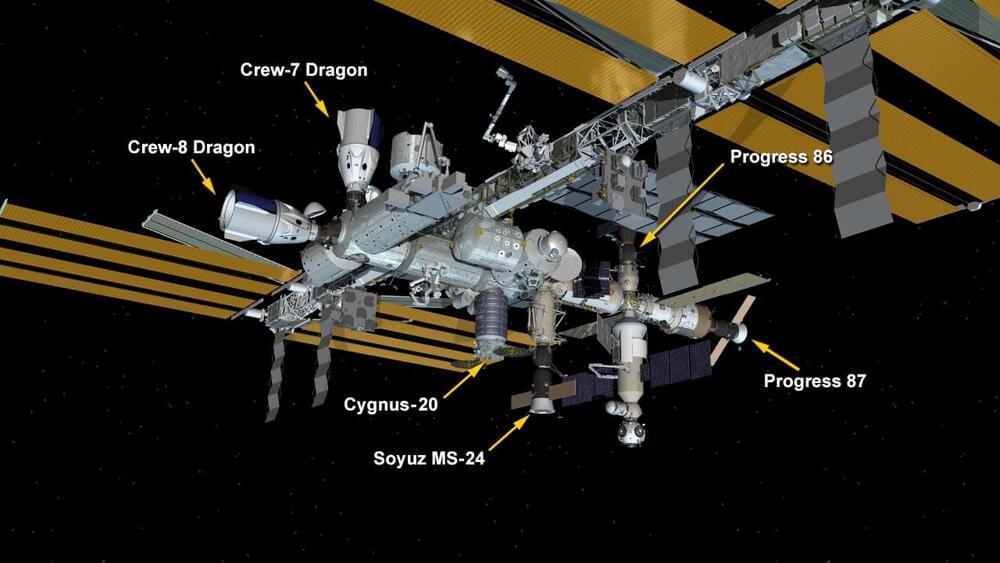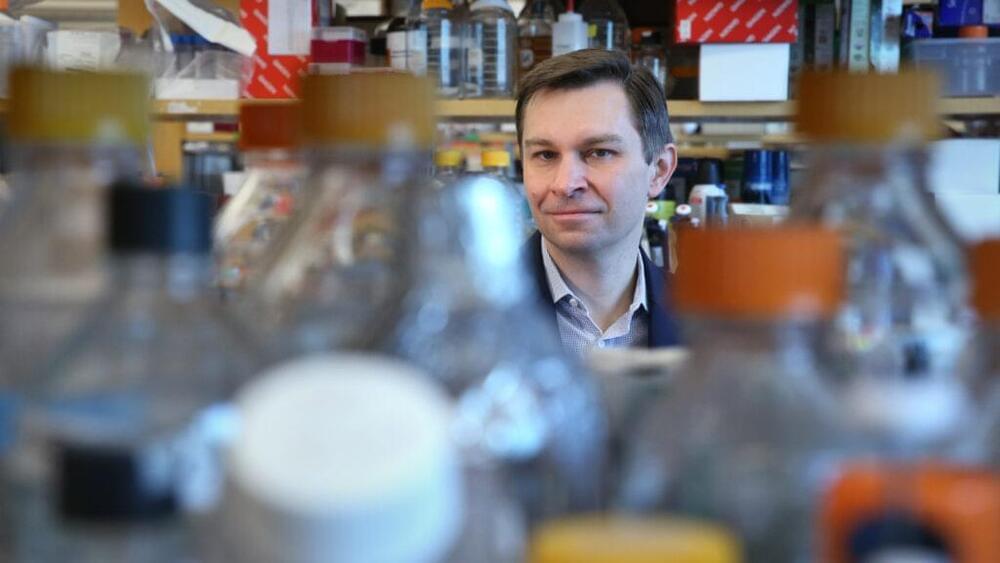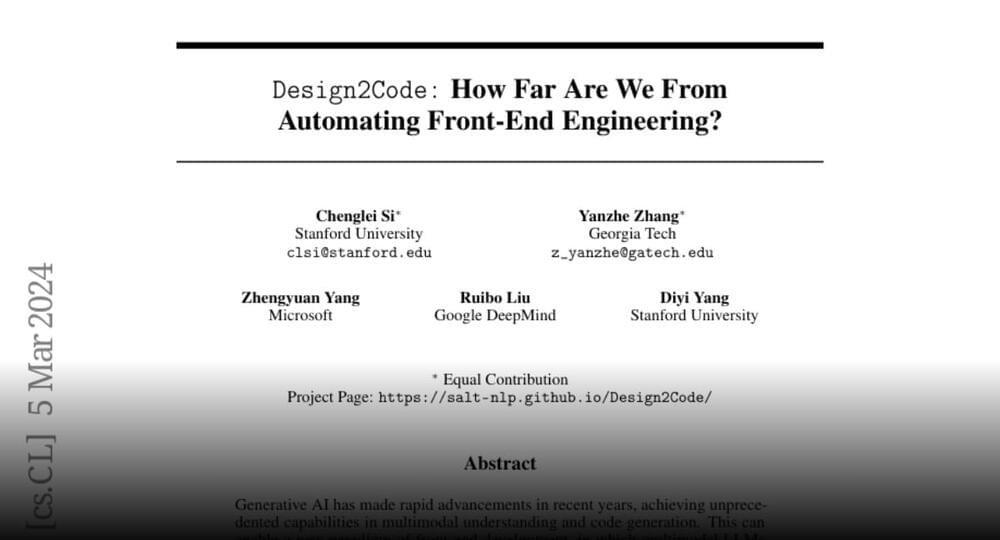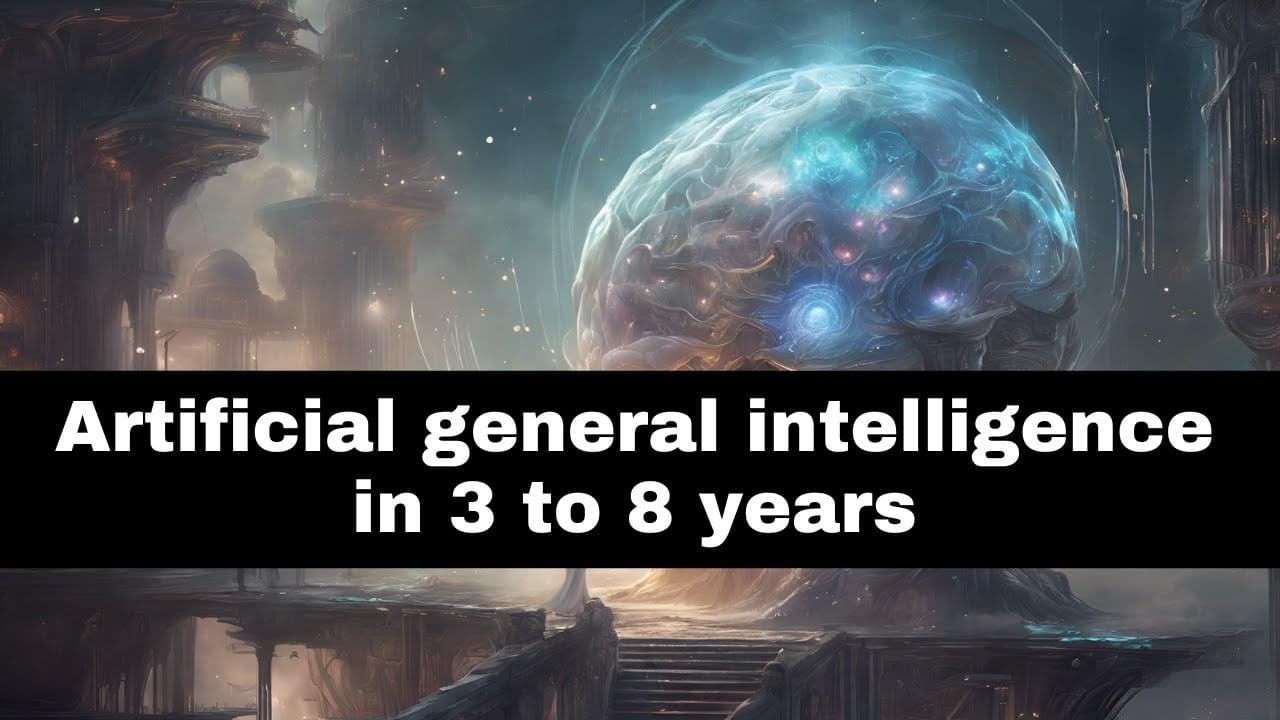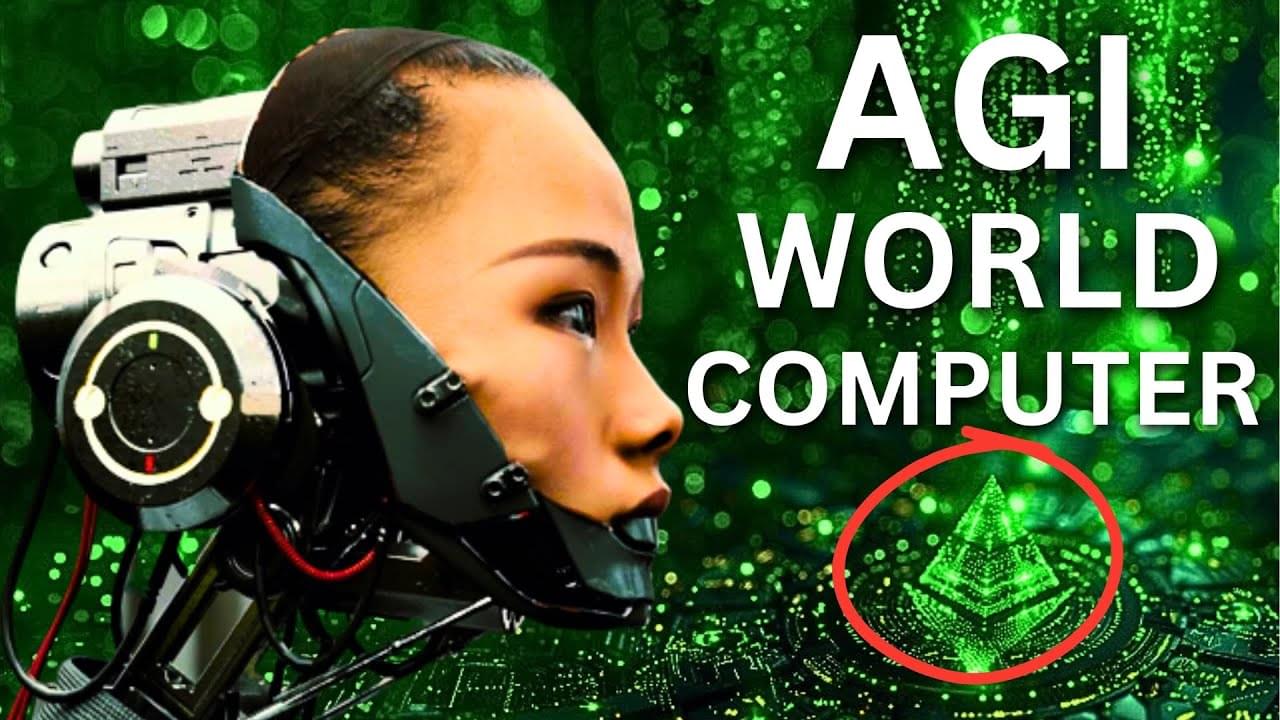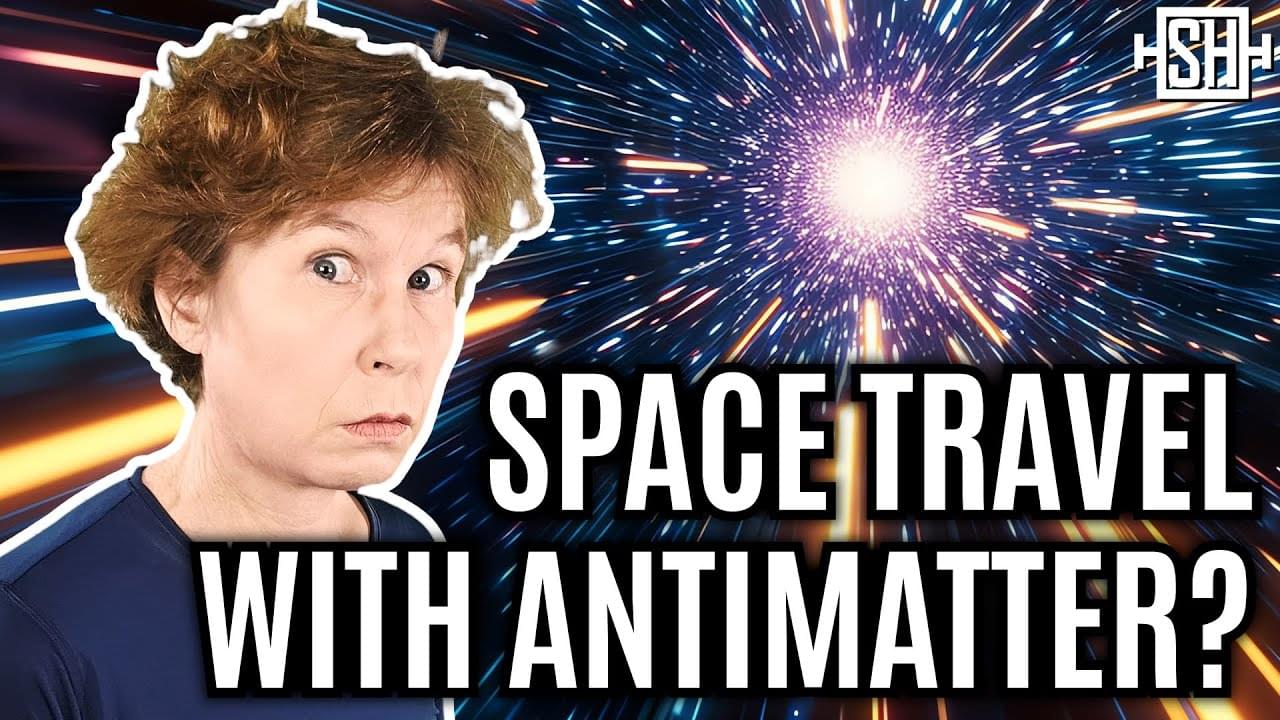NASA astronauts Matthew Dominick, Michael Barratt, and Jeanette Epps, as well as Roscosmos cosmonaut Alexander Grebenkin arrived at the International Space Station, as the SpaceX Dragon, named Endeavour, docked to the complex at 2:28 a.m. EST while the station was 260 statute miles over Newfoundland.
Following Dragon’s link up to the Harmony module, the astronauts aboard the Dragon and the space station will begin conducting standard leak checks and pressurization between the spacecraft in preparation for hatch opening scheduled for 4:13 a.m.
Crew-8 will join the space station’s Expedition 70 crew of NASA astronauts Jasmin Moghbeli and Loral O’Hara, ESA (European Space Agency) astronaut Andreas Mogensen, JAXA (Japan Aerospace Exploration Agency) astronaut Furukawa Satoshi, and Roscosmos cosmonauts Konstantin Borisov, Oleg Kononenko, and Nikolai Chub. For a short time, the number of crew aboard the space station will increase to 11 people until Crew-7 members Moghbeli, Mogensen, Satoshi, and Borisov return to Earth.
